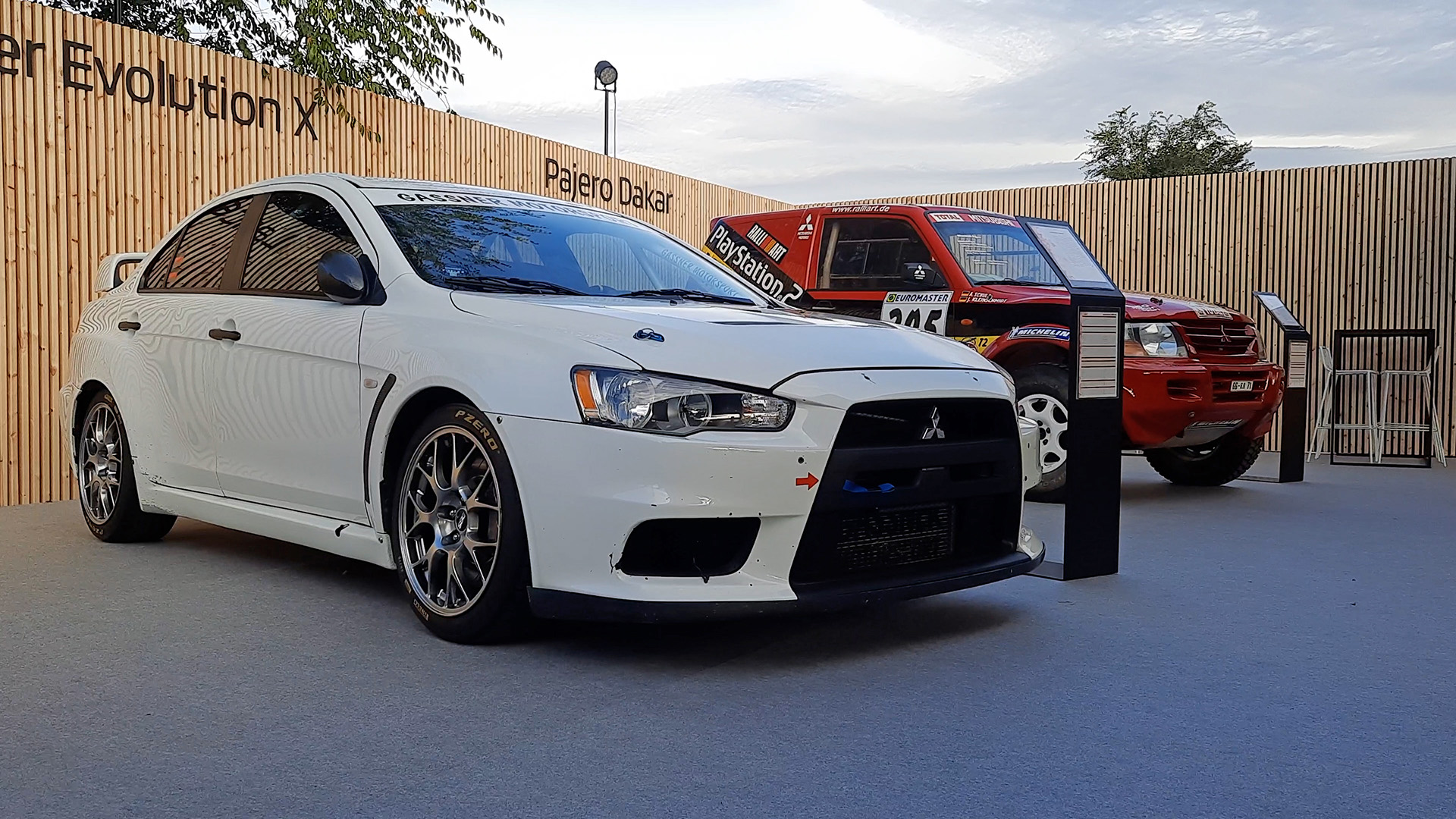Where Mitsubishi came from, and where it is going
Elektricifcation
At the base of the Outlander’s plug-in-hybrid powertrain is another car. The i-MiEV, an all-electric car, saw the light of day in 2009. A milestone for the brand. It was the world’s first mass-produced electric car. Based on this all-electric drive, Mitsubishi went on to develop the plug-in-hybrid powertrain of the Outlander.

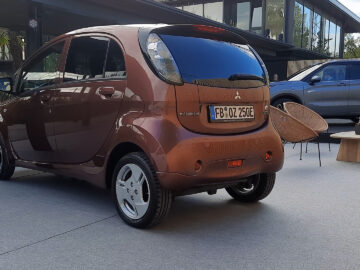
At the time, it was the first SUV on the market with this technology. In the Netherlands we also knew it, because of the additional taxable benefit the Outlander became extremely popular among business drivers in the Netherlands.
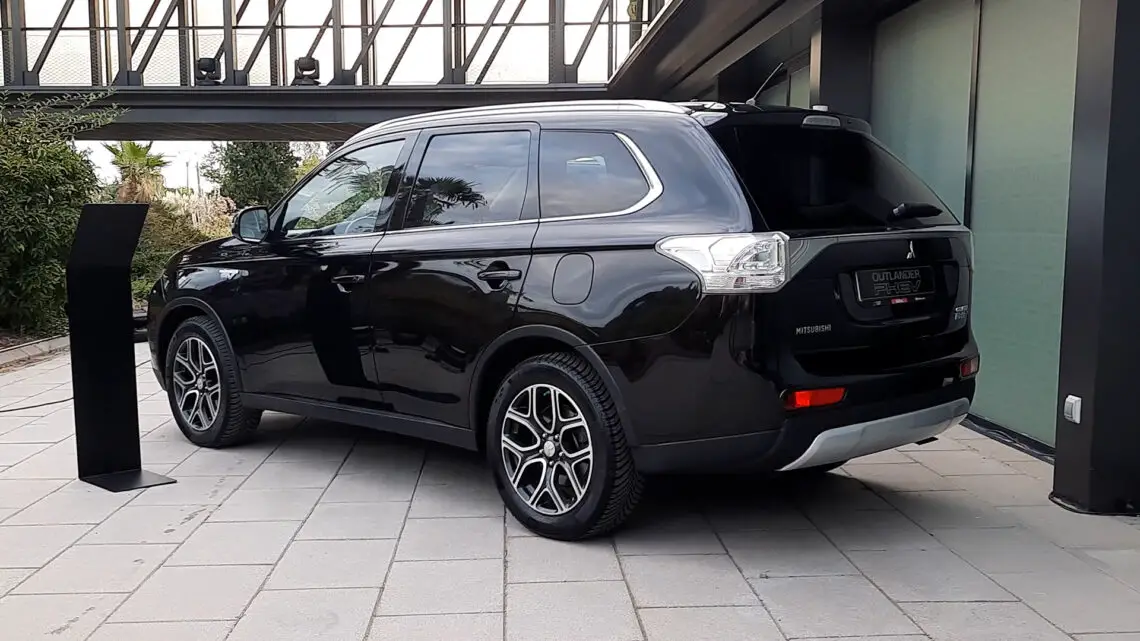
The technology of the previous Outlander serves as the basis for the latest Outlander. Of course, the brand has made modifications that lead to higher performance and lower consumption. Count on a system output of 225 kW (302 hp). You can read more about this in our first introduction. Battery capacity has also grown, allowing you to drive up to 86 km (WLTP) in all-electric driving mode.
Four-wheel drive
Next to the i-MiEV are a Lancer Evolution X and a Pajero, which won the 2001 Dakar Rally. That Mitsubishi stands its ground on different surfaces becomes immediately clear.

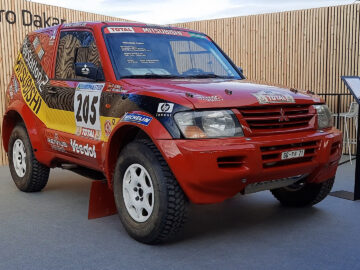
Although the Outlander is not necessarily a rally monster, we find on board the Super All Wheel Control (S-AWC). On the center console is a dial that allows the user to select modes for different surfaces. The Outlander can thus be called a versatile SUV. Whether you will really use it in the Netherlands, we leave to you. Nevertheless, the Outlander also shows in this area that Mitsubishi has a lot to offer.
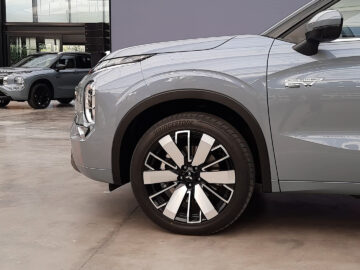
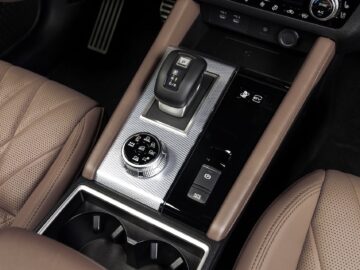
At the event, we speak to Frank Krol, CEO Mitsubishi Europe. Unlike other brands, Mitsubishi does not really have a sporty model or label at the moment. Perhaps in time we can expect more sportiness again, along the lines of RALLIART? “That is not really a priority right now, after all, there are still a number of segments to be filled on a competitive offering in the Netherlands and Europe,” Krol said. But again, never say never.
Looking to the future
Whether the Outlander will be as successful in the Netherlands as its predecessor remains to be seen. According to Krol, plug-in hybrids will find it more difficult; “where this powertrain used to be able to count on financial windfalls, the situation has now changed considerably. You are more favorable in BPM because of the low emissions, but the car is principle heavier. Mitsubishi has not yet named a weight for the latest Outlander, but count on at least 2,000 kg. That adds up in road tax anyway.
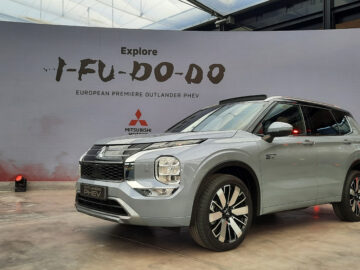

In that respect, all-electric models are still at an advantage, but taxes on them will also increase. A political choice that makes the transition to emission-free driving more difficult, Krol believes. So the question of whether Mitsubishi is betting on only all-electric models in the future is not confirmed.
An all-new Mitsubishi?
We can, however, expect a new electric model in the c-segment next year. Here we slow down for a moment, to dive into the partnerships. To say that Mitsubishi is indiscriminately copying Renault’s and Nissan’s models we think is too short of the mark. On the other hand, it is interesting to understand what Mitsubishi does itself, or can borrow from its neighbors after all.
We put the question to Frank as to what this balance is like. On the one hand, Mitsubishi continues to push forward with its own developments. The hybrid powertrain of the new Outlander PHEV is a good example of this. Moreover, all-wheel drive is an important pillar within the brand that we also find in the Outlander. On the other hand, the brand would be crazy not to take advantage of the collaborations.
Therefore, it is in line with expectations that we will continue to see influences from other brands on the inside and outside. Not only is the Outlander based on the same base as the Nissan X-Trail, we also see influences on the inside. Still, Mitsubishi tries to be a distinctive car. Now, and in the future.

